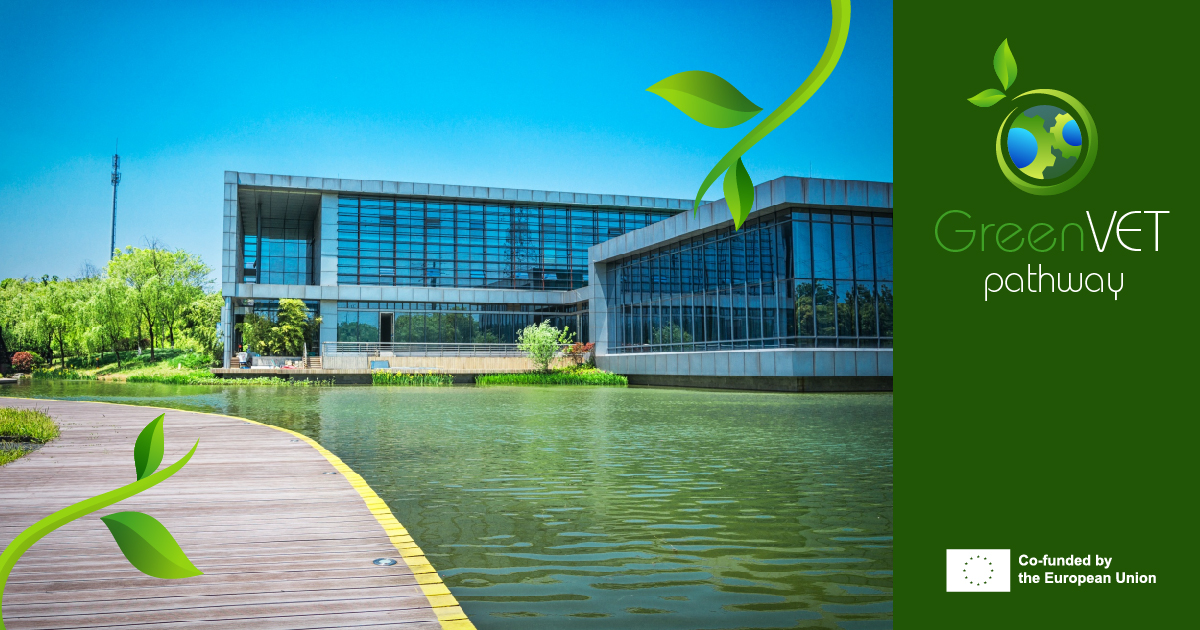GreenVET News
| ← back |
News

Greening the New School Year: Summer Planning for Sustainable VET
August often brings a slower pace for schools, but for VET institutions committed to sustainability, it can be one of the most strategic months of the year. The summer break provides a valuable opportunity to reflect on the progress made so far, evaluate existing initiatives, and prepare for an even stronger integration of green practices in the months ahead. With the Whole Institution Approach at the heart of the GreenVET Pathway, this period can be used to ensure that sustainability is not just a topic of study, but a guiding principle in all aspects of school life.
One of the key benefits of using August for planning is the freedom from the daily pressures of the academic timetable. Facilities teams can carry out maintenance work that supports environmental goals, such as improving energy efficiency, upgrading lighting systems, or tending to green spaces like school gardens and rooftop beds. These improvements, often less disruptive to implement during the break, can have an immediate and visible impact when students return. Equally important is the preparation of teaching staff. Summer can be an ideal time to organise professional development workshops, online training, or peer learning sessions focused on green skills and innovative teaching methods that will be applied in the new school year.
Planning during August also allows schools to set clear sustainability targets for the academic year ahead. Whether the goal is to reduce energy consumption, cut down on waste, expand biodiversity projects, or strengthen community engagement, setting measurable objectives before September means that staff and students start the term with a shared vision. This is also the perfect time to review the successes and challenges of the previous year, identifying where small adjustments can lead to significant improvements. For example, a successful waste-reduction initiative in the cafeteria might be expanded to include food donation partnerships, or a rooftop garden project might incorporate new elements such as rainwater harvesting.
Crucially, August planning should also involve outreach to partners. VET schools can reconnect with NGOs, local businesses, and municipal authorities to secure support for upcoming activities, from guest lectures to joint sustainability events. Building these relationships ahead of time ensures that collaborations are ready to launch once the academic year begins. By making the most of the summer, schools position themselves to lead by example, showing that sustainability is not just a subject to be taught, but a value to be lived every day.
When the first students walk back into classrooms in September, they will be stepping into an environment that has been intentionally prepared to inspire, educate, and empower them to be active participants in Europe’s green transition.

